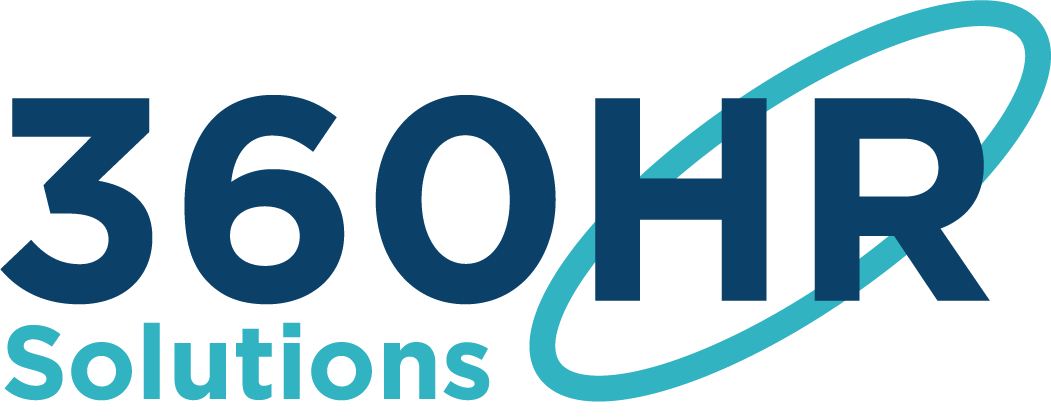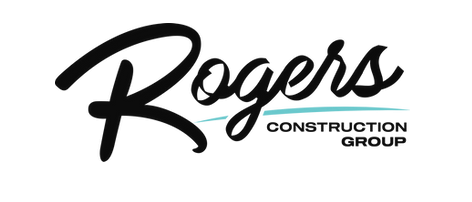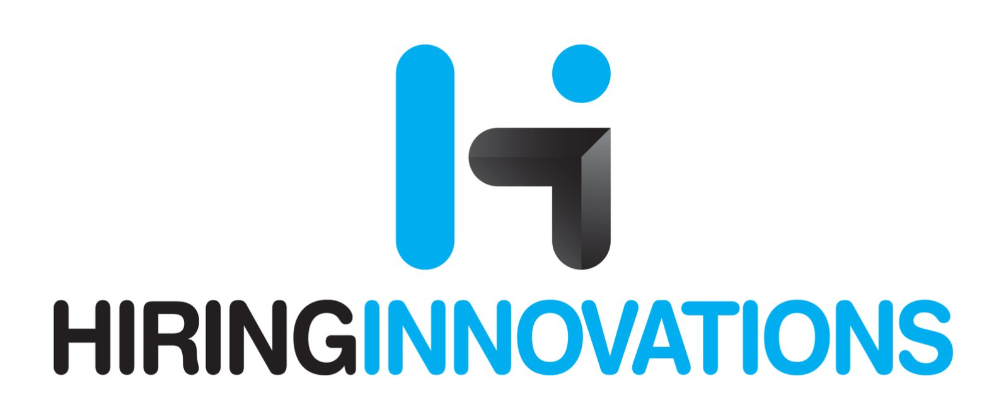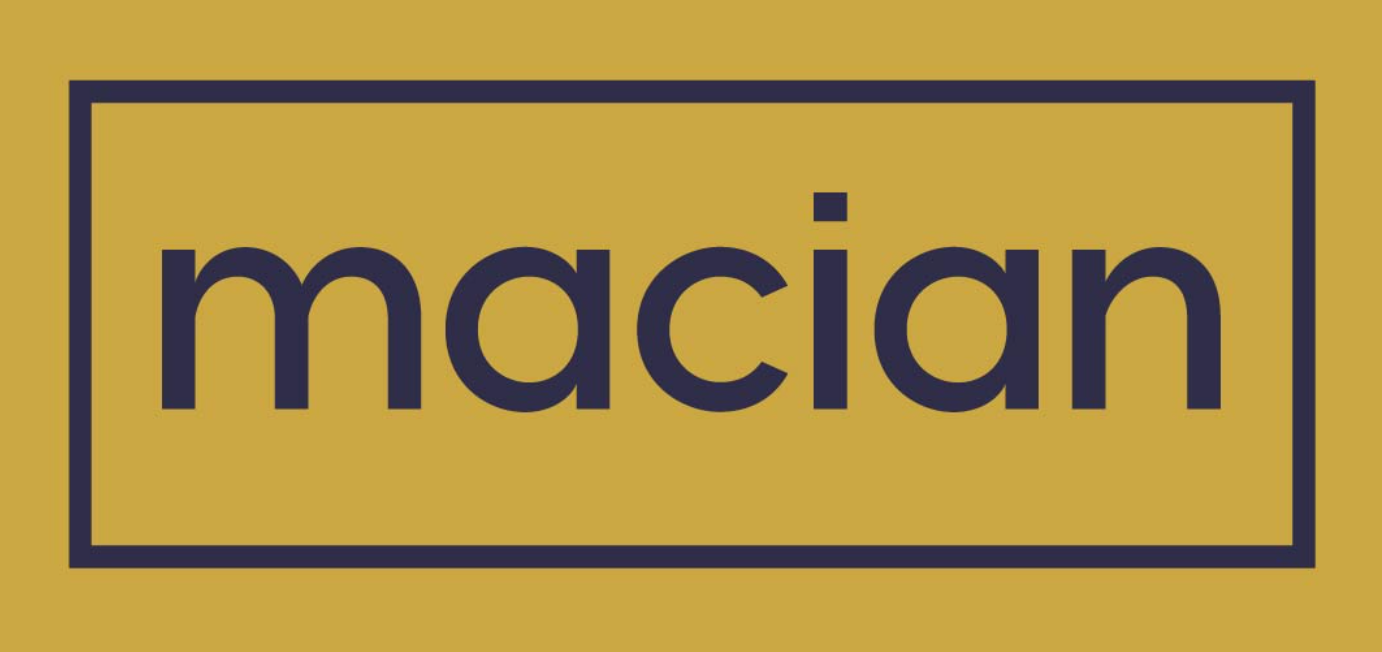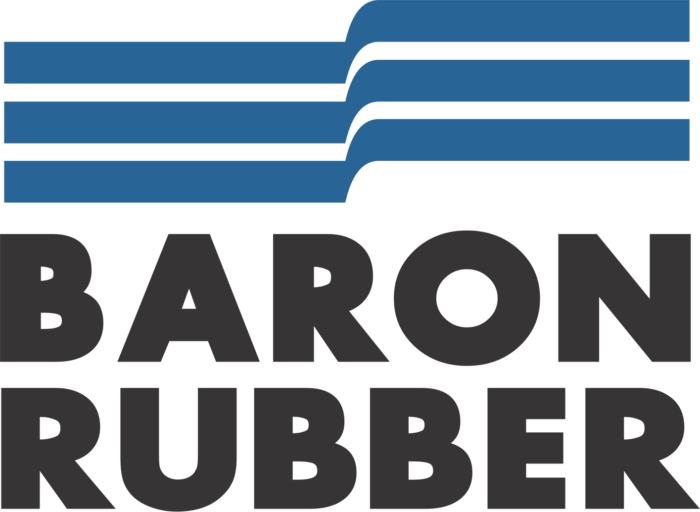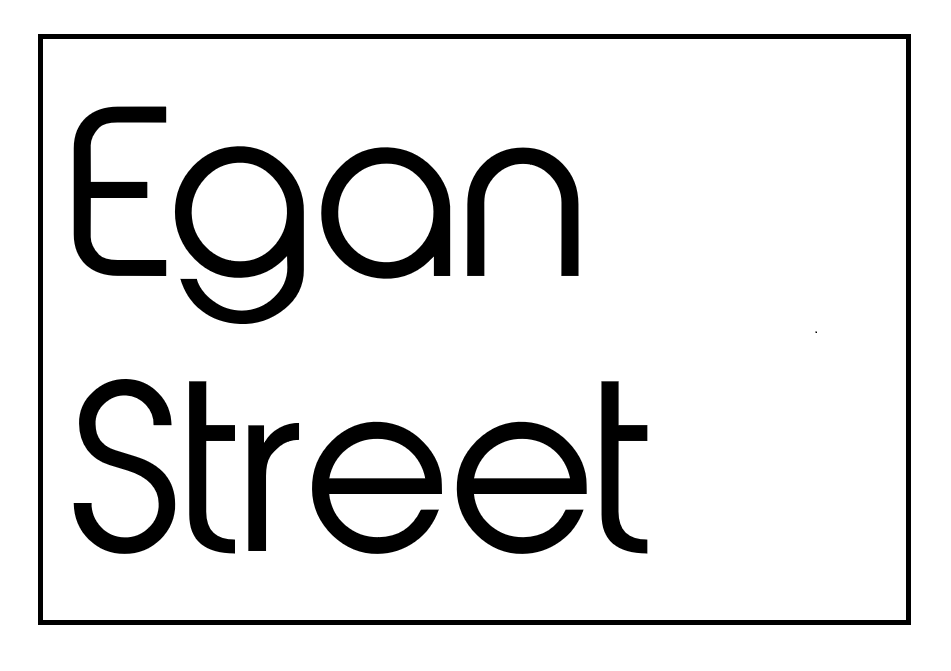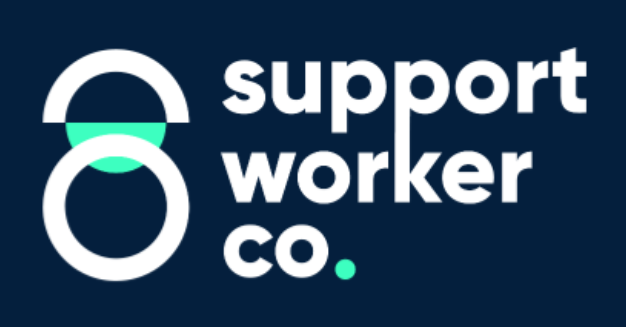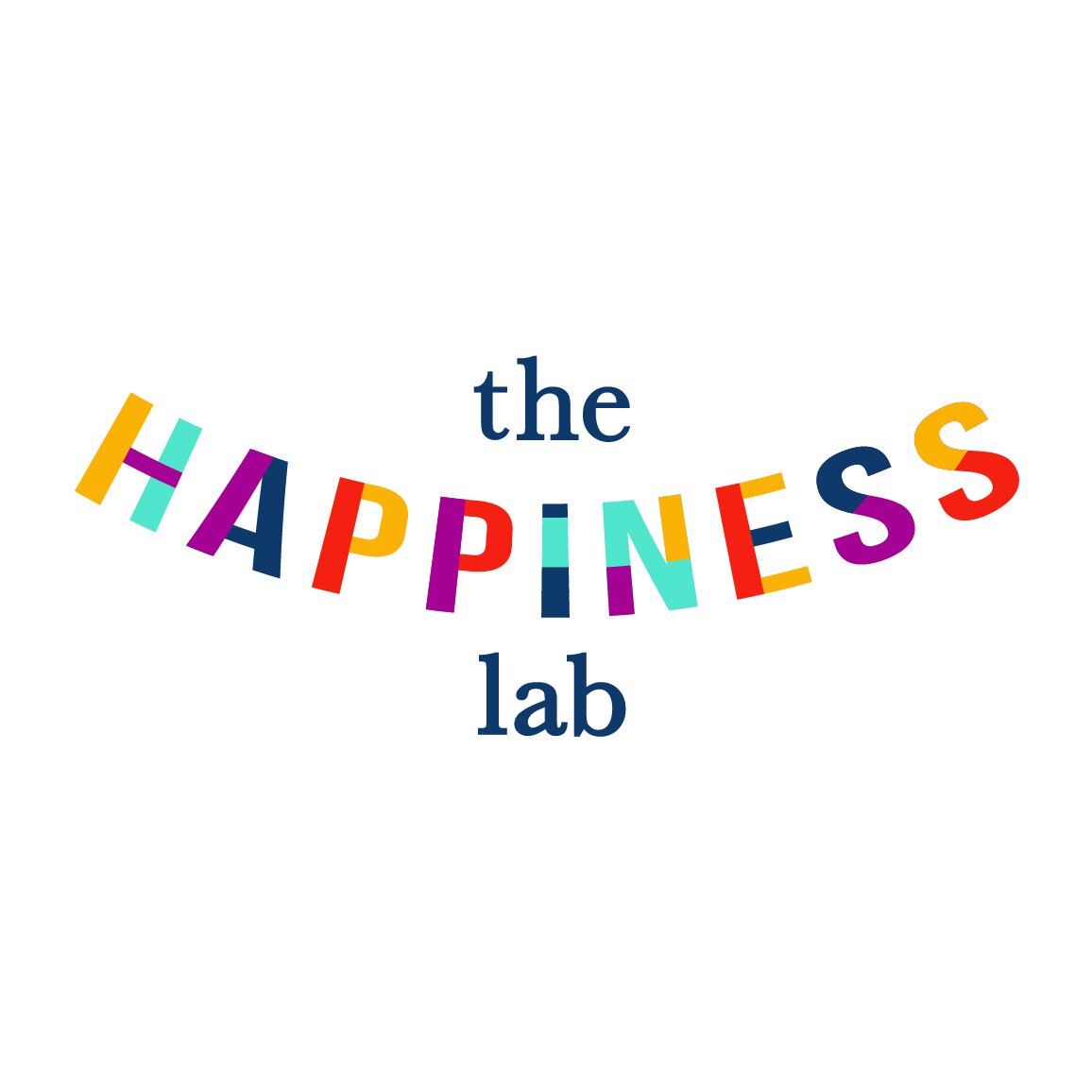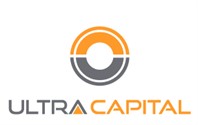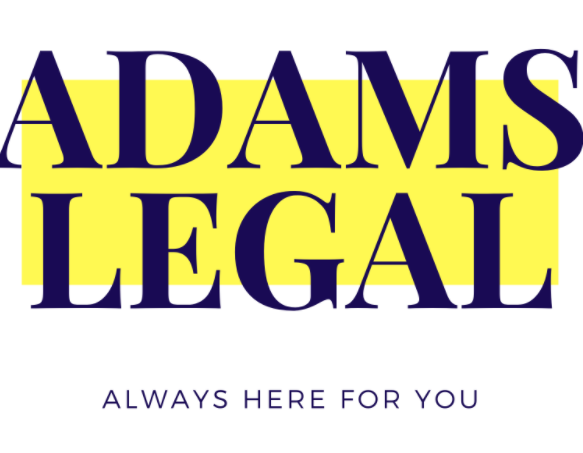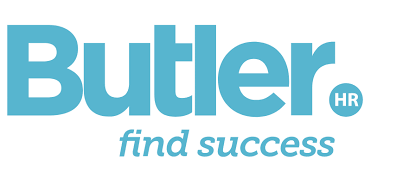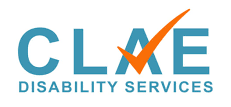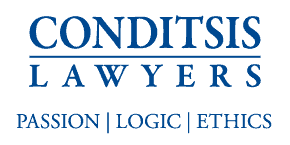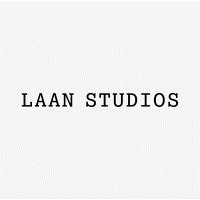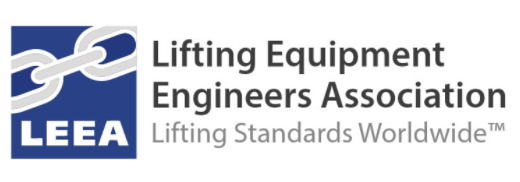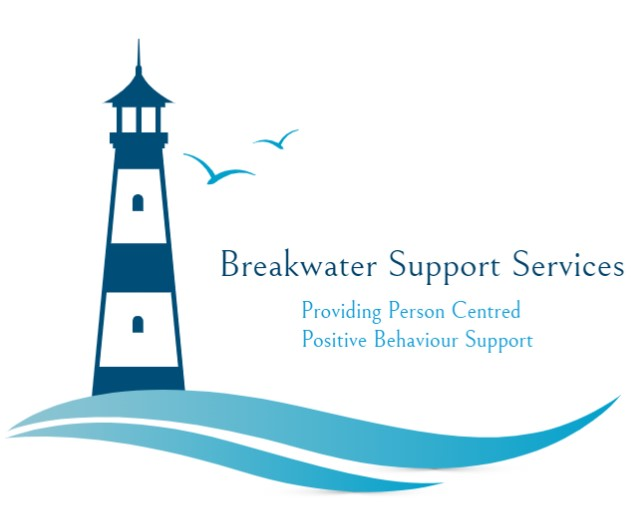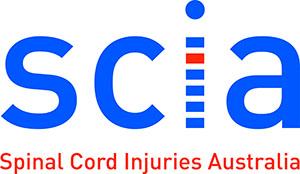“I had to rethink everything I had worked for,” he said. “The injury is permanent and is still painful 12 years later.”
“The stats don’t lie,” Dr Alison Bell says of the figures, based on the workers’ compensation claims for 2013-14. She is a Senior Lecturer in workplace health and safety in the School of Health and Society and has researched the full impact of injury and illness on Australian workers.
“But there’s also a lot of unreported injuries, particularly from workers in precarious employment situations, such as cleaners.
In most state jurisdictions in Australia, compensating workers for the lost income from a permanent workplace injury began as a rudimentary value-assessment via the Table of Maims.
“It’s an apt but awful description, thankfully now changed to ‘whole person impairment guidelines’,” Dr Bell says. “Basically, the legislation calculates the value of permanent impairment. For instance, the loss of the left index finger is X dollars, pain and suffering is Y dollars and so on.
“The legislation quantifies impairment in dollar terms, which is a very simplistic way of viewing injury.” In monetary terms, federal government agency Safe Work Australia estimated that in 2012-13 work-related injury and illness cost $61.8 billion.
Workers most at risk are those doing manual tasks or working on or around machinery. Back injuries made up the greatest proportion of serious compensation claims.
Dr Bell says beyond the immediate financial cost, the greatest impact is for the serious injuries that result in longer times off work, often resulting in unemployment and cascading medical and psychological issues.
Those issues can extend to the injured worker’s colleagues, who, following serious accidents, are left shaken or traumatised, with the effect of stress and anxiety impacting their family and friends, too.
“There were a number of people that I’ve dealt with who had serious injuries and maybe their marriage wasn’t great beforehand,” Dr Bell says.
“Then the stress of the injury and anxiety over lost income can end the relationship, which is another emotional issue they have to try to cope with.” And some workplace illnesses, such as asbestos-related lung diseases, are silent and deadly killers that take years to develop before claiming a life.
Legislative approaches to workplace health and safety have typically been a “carrot and stick” approach, Dr Bell says. The carrot encourages employers to be more proactive in preventing injuries and the stick is a case of warning that if they don’t, it’s going to potentially cost them a lot of money.
“Essentially, you’ve got two pieces of legislative framework,” Dr Bell says. “You’ve got preventative legislation on one hand and the workers’ compensation legislation on the other.
“Should the injury prevention and safety systems fail and an injury occurs, the worker is compensated and the employer bears the associated costs in premium. Good safety practices lead to fewer injuries and a reduction in workers’ compensation premium costs.”
Stepping in to prevent an injury is what Adam Poole is trying to do. The silver lining to his dark cloud was that the injury inspired him to take up a career in health and safety.
“The injury was the catalyst for my safety career. I didn’t want to see this happen to my friends and family. I had to basically throw away the last four years of my life. It happens to millions of people a day. It’s crazy.”
He graduated with a Master of Science (Occupation Health & Safety) in 2014 and struck upon an idea that cuts through the mountainous paperwork involved with documenting safe work procedures and hazards. Given the average cost of an injury is $116,000, a preventative tool that costs one tenth of that and could also help drive down insurance premiums seems a bargain.
Researchers say understanding employees and keeping them informed is vital to creating safe workplaces.

Knowledge is power
SafetyCompass is a mobile app designed to improve workplace safety. It uses augmented reality technology, which takes a live or real-world environment and enhances it with computer-generated elements such as sound, graphics or, in this case, linking thousands of pages of health and safety documentation to GPS map data.
“SafetyCompass takes all that old school, paper-based info that normally sits in an office and gives it to the workers live on their smartphones,” Mr Poole says. A worker simply opens the app and points their phone at an object in the workplace and they can instantly access critical safety information. Mr Poole says the app is designed around the person, rather than the process.
“It’s for the guys and girls out there that are digging holes. They’re up ladders, they’re doing all sorts of risky work every day. The solution is to help these guys get that critical info before they start work to keep them safe. Knowledge is power. Having a really massive amount of paperwork doesn’t make a safe workplace.”
Fellow health and safety lecturer Kerry Hanrahan emphasises that knowledge about the workers themselves is just as important as the processes that are in place to prevent them being injured. Psychosocial factors such as high job stress and high job demands, as well as non-work-related stress, have been found to be associated with work-related musculoskeletal disorders.
“We know that a satisfied workplace will be more productive and safer,” she says. “The key, then, is to understand who your employees are and to keep them engaged and informed. You have to make sure whatever processes you put in place are appropriate for your workforce. You train your workforce and you check capability against training.
“If there’s a system that allows a worker to take a shortcut, that’s a system problem. It’s not a worker problem.”

Human-centred safety
The approach of basing workplace health and safety on the person rather than the process extends to rehabilitating those who have been injured at work. Once the immediate triage has been take care of, looking beyond the immediate injury to see what else is going on in a person’s life that could affect their recovery is paramount, Ms Hanrahan says.
“We know the average recovery time for particular injuries. If it’s taking longer, we need to ask, ‘What else is going on?’. Underlying mental health greatly impacts their journey back from injury and long-term health prospects.”
And for all involved in the health and safety process, the long-term health of the worker is the primary indicator that the employer is on the right track.
“Our vision is to create a world where everyone comes home from work,” Mr Poole says. “That’s a basic human right.”

